The best running gadgets 2023: top fitness tech to help you run better
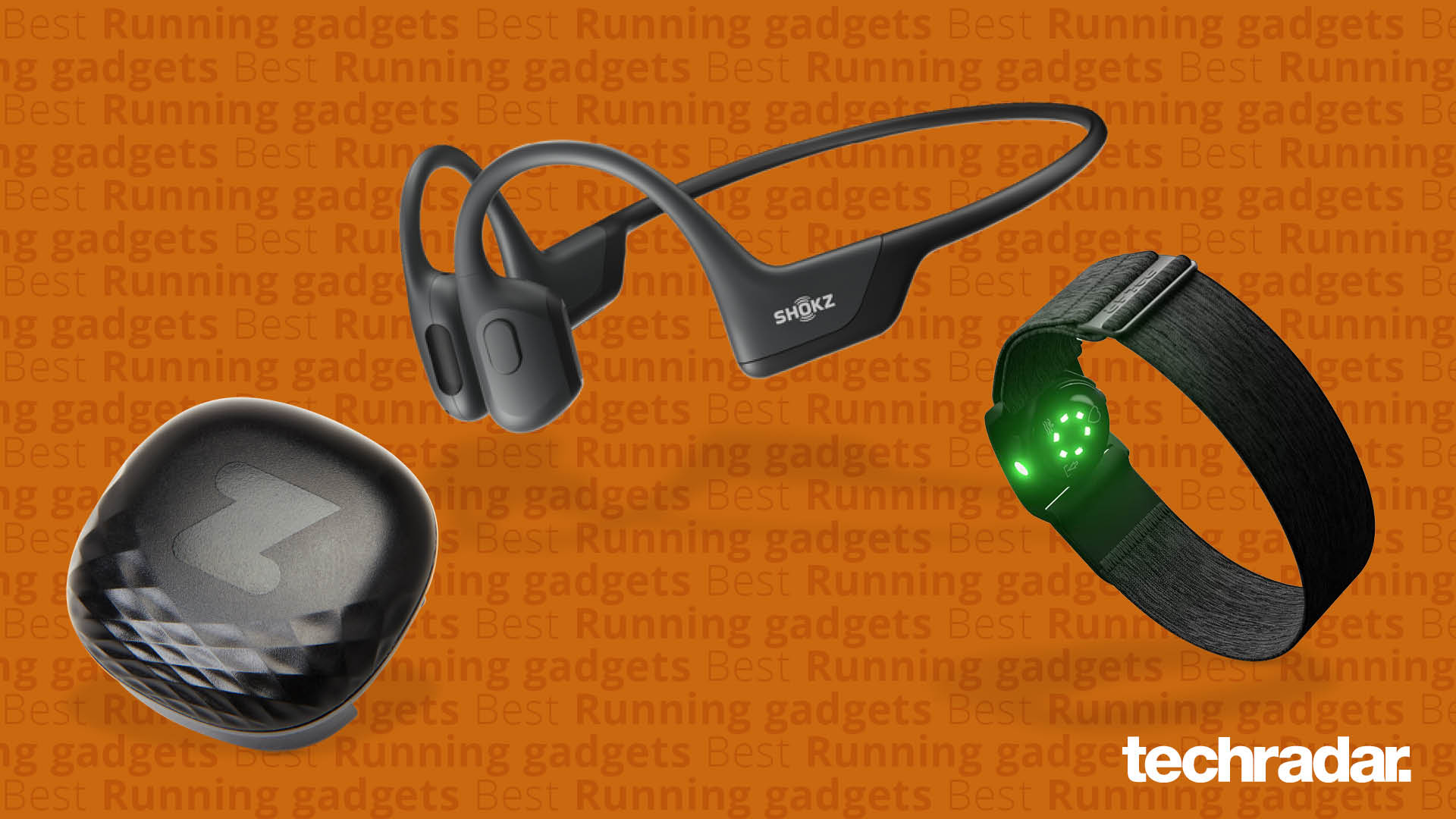
The best running gadgets are essential if you enjoy running and you're looking to get more from the sport, or you're looking for a gift for the runner in your life. Whatever the reason, this guide will steer you in the right direction.
Running is one of the oldest and most instinctive forms of exercise around – just put one foot in front of the other, and rinse and repeat in quick succession. But here at TechRadar we believe there’s nothing that can’t be improved with a bit of technology. We've tested many of the best products that promise to help us run better and enjoy the miles even more. And we’re not just talking about the amazing range of new running watches either.
One thing that will help streamline your run, maximize your efficiency and take you closer to that ever-elusive personal best, is the ability to reliably monitor your form. Running form trackers are extremely sophisticated and the data they provide could be the secret weapon in your running arsenal, identifying all the areas that you need to work on and showing you how to improve. But in this guide you'll find several of the best running gadgets we recommend, including running shoes, in-shoe trackers, heart rate monitors, smart scales and more.
The best running gadgets: Our top picks
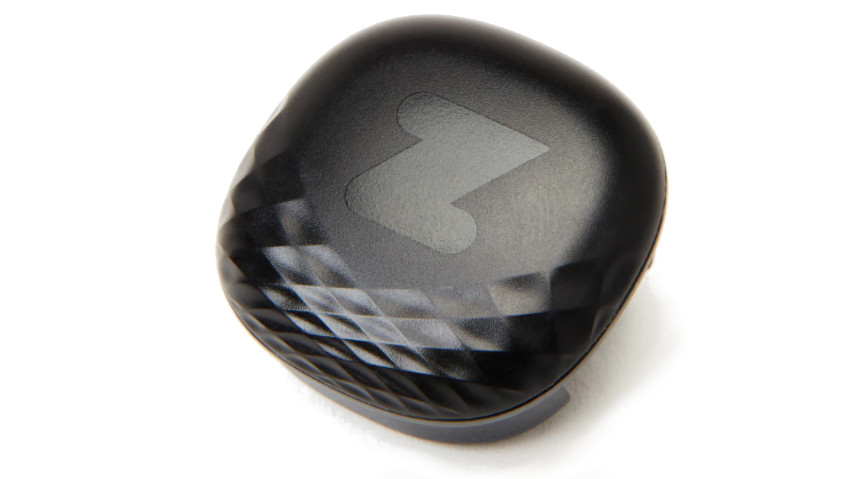
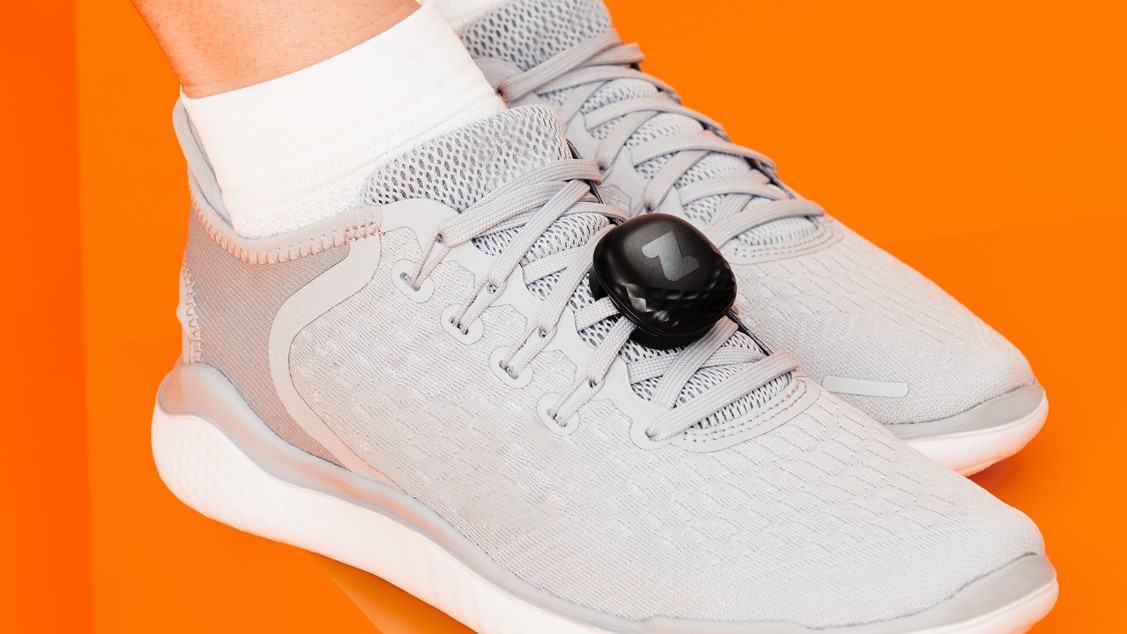
Specifications
Reasons to buy
Reasons to avoid
Treadmill training is a great way to get some miles in your legs in adverse weather, but it can also be extremely dull putting in the distance with no changing scenery or clubmates to keep you company. That's where the Zwift Runpod comes in.
Zwift might be best known for its exercise bikes and associated app (used to great effect in the Virtual Tour de France), but it also makes an excellent little cadence sensor that allows runners to hit the simulated roads alongside the cyclists. The Zwift Runpod simply clips onto your shoelaces before you hit the treadmill, and connects to the Zwift app on a phone or tablet.
You will have your own little avatar in the world, and can join group runs or just set out on your own, sticking to the track or making up your own route as you go along. It’s a great way to stave off the boredom that comes with indoor running, and get out with your friends if you’re unable to meet in person.
Read our full Zwift Runpod review
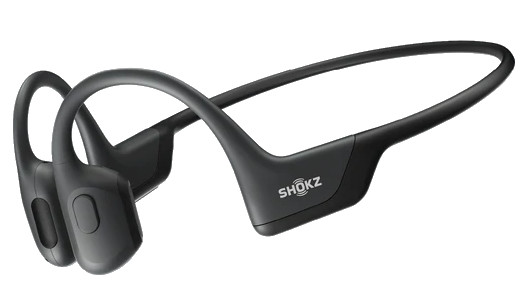
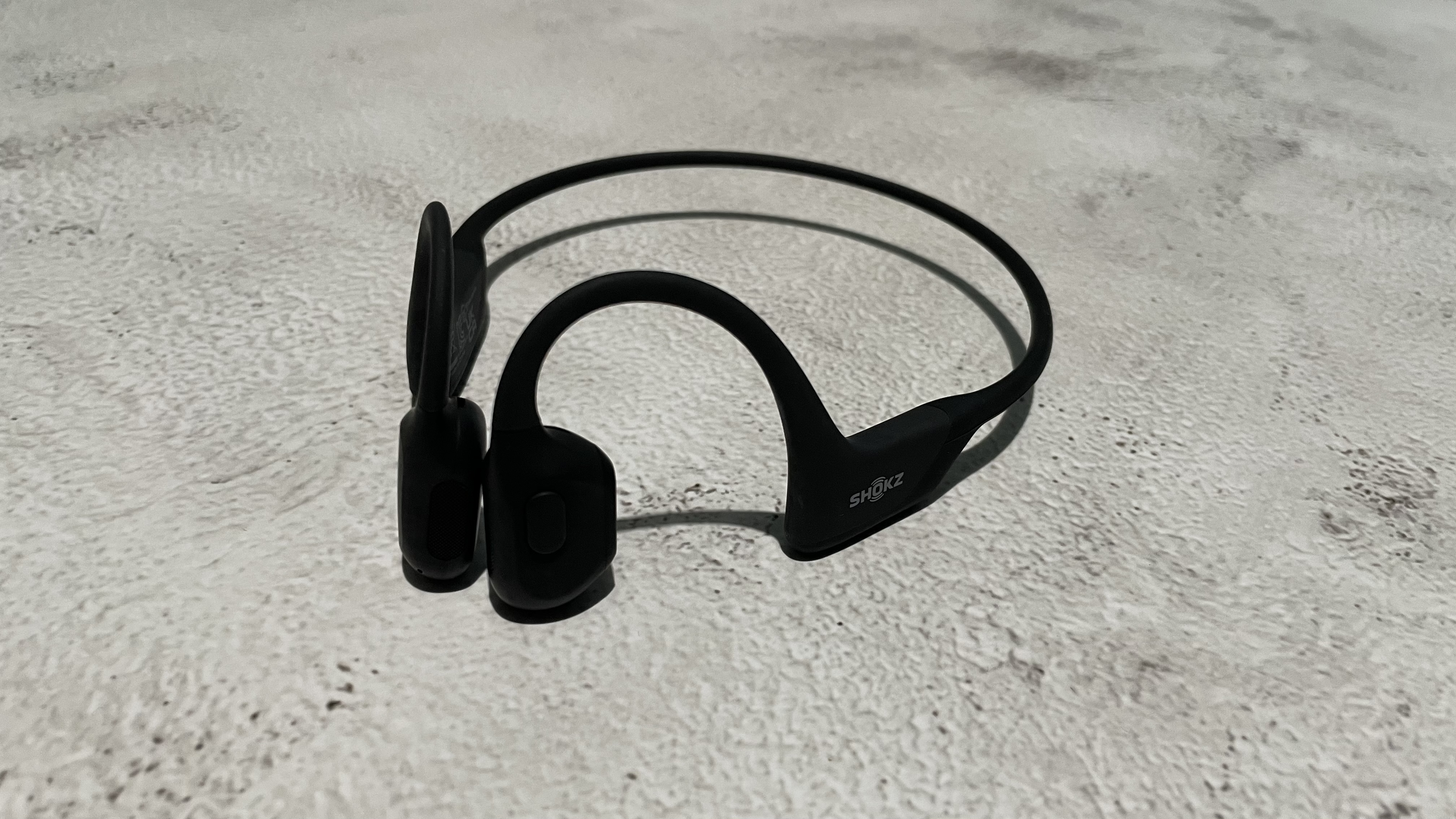
Specifications
Reasons to buy
Reasons to avoid
Shokz (formerly known as AfterShokz) is the biggest name in bone conduction headphones, and the OpenRun Pro is its best sounding headset to date.
The OpenRun Pro follows an almost identical design to the OpenRun, but with new bass transducers that deliver much more rounded, punchy sound while still leaving your ears clear. You no longer have to choose between sound quality and remaining aware of your surroundings as you run.
There are also a couple of small design tweaks to make your life easier, including a repositioned charging port (the headphones will give you an hour and a half of playback after just five minutes of charging) and larger buttons for adjusting the volume and skipping tracks.
In our tests, we occasionally found that the new bass transducers tickled during particularly bass-heavy tracks, but never enough to be a real distraction.
Read our full Shokz OpenRun Pro review
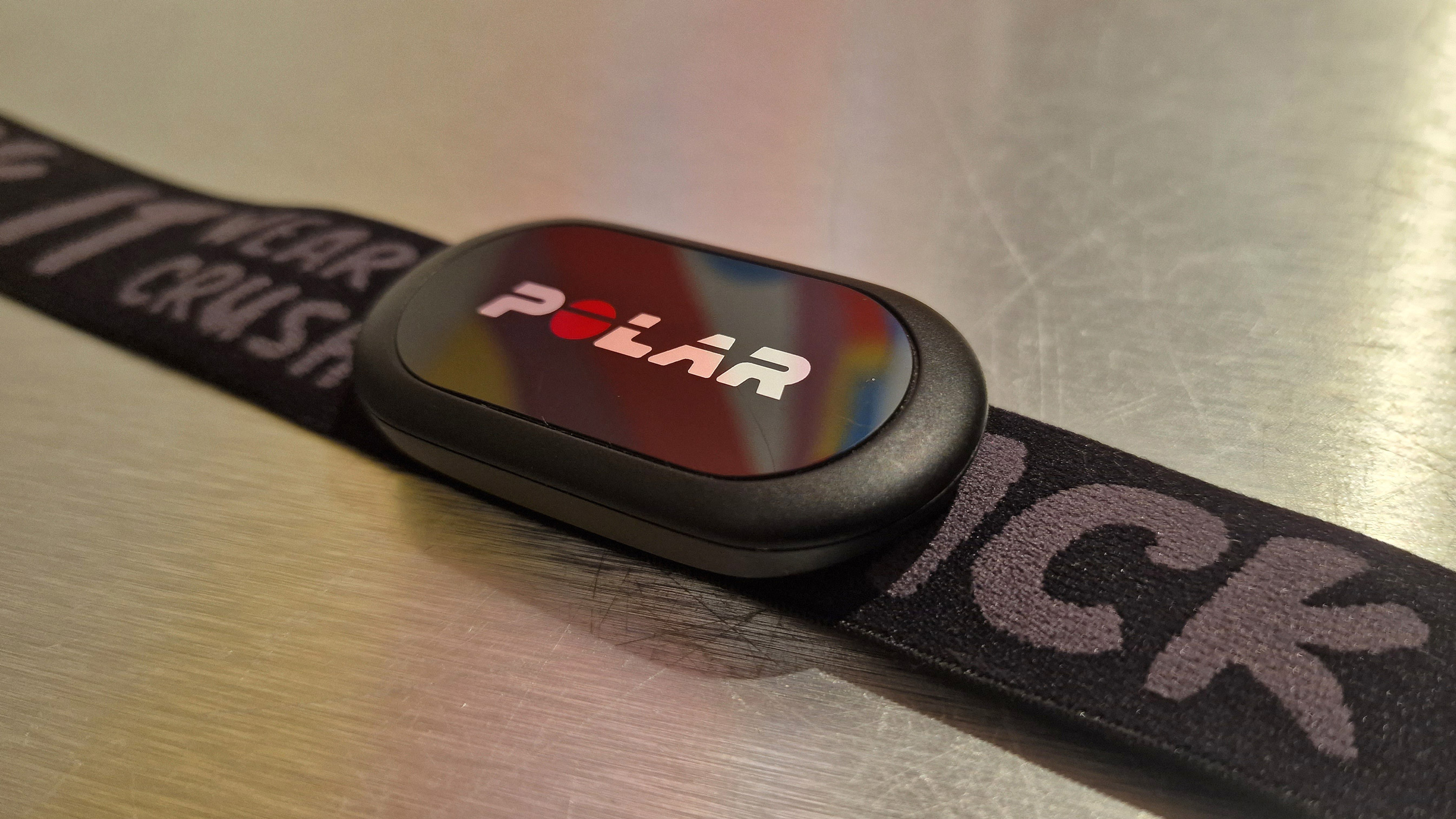
Specifications
Reasons to buy
Reasons to avoid
Anyone who is serious about running and fitness knows that tracking your heart rate can be an incredibly important part of training. There are many heart rate tracking devices out there, but if you're looking for the most serious and accurate monitor that will stand the test of time while providing reliable results, then the Polar H10 is a great option.
Not only is the Polar H10 an accurate heart rate tracker, it's comfortable enough to be worn for long periods of time. The hardware really is impressive. Unfortunately, we didn't rate the companion app, Polar Beat as highly, finding it a little unintuitive to use. But if you can overlook these issues in return for some incredibly accurate results, then the Polar H10 is a great option that could help push your running to new levels.
Read our full Polar H10 Heart Rate Sensor review
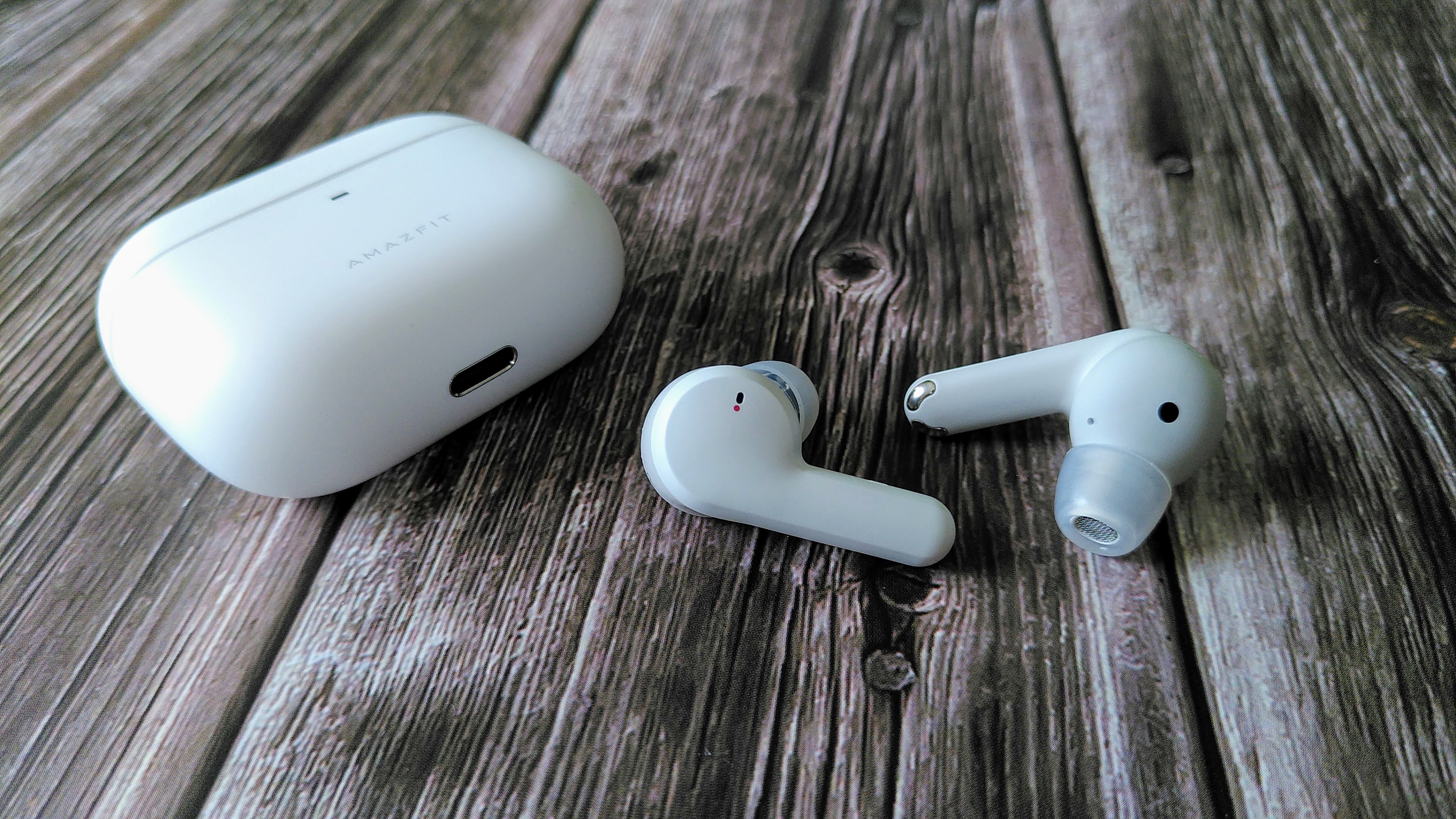
Specifications
Reasons to buy
Reasons to avoid
Amazfit is well known for its cheap running watches, and it's now branching out into sports headphones as well. The Powerbuds Pro don't just deliver good sound, with a hefty dose of bass to keep you powering through tough workouts, they also include a heart rate monitor to keep tabs on your training zones. When we tested them, we were particularly impressed by their ability to detect runs automatically based on the movement of your head, and begin monitoring your pulse accordingly.
The resulting data is pretty impressive, if not quite as accurate as a high-end running watch or heart rate monitor, but that's not the only trick these smart headphones have up their sleeve, The buds can also detect when you're slouching based on the position of your head in relation to your cervical spine, and warn you via the smartphone app if your posture is putting too much pressure on your neck.
Factor in some impressive active noise cancellation, and you've got a very nicely designed set of true wireless headphones for both work and play.
Read our full Amazfit Powerbuds Pro review
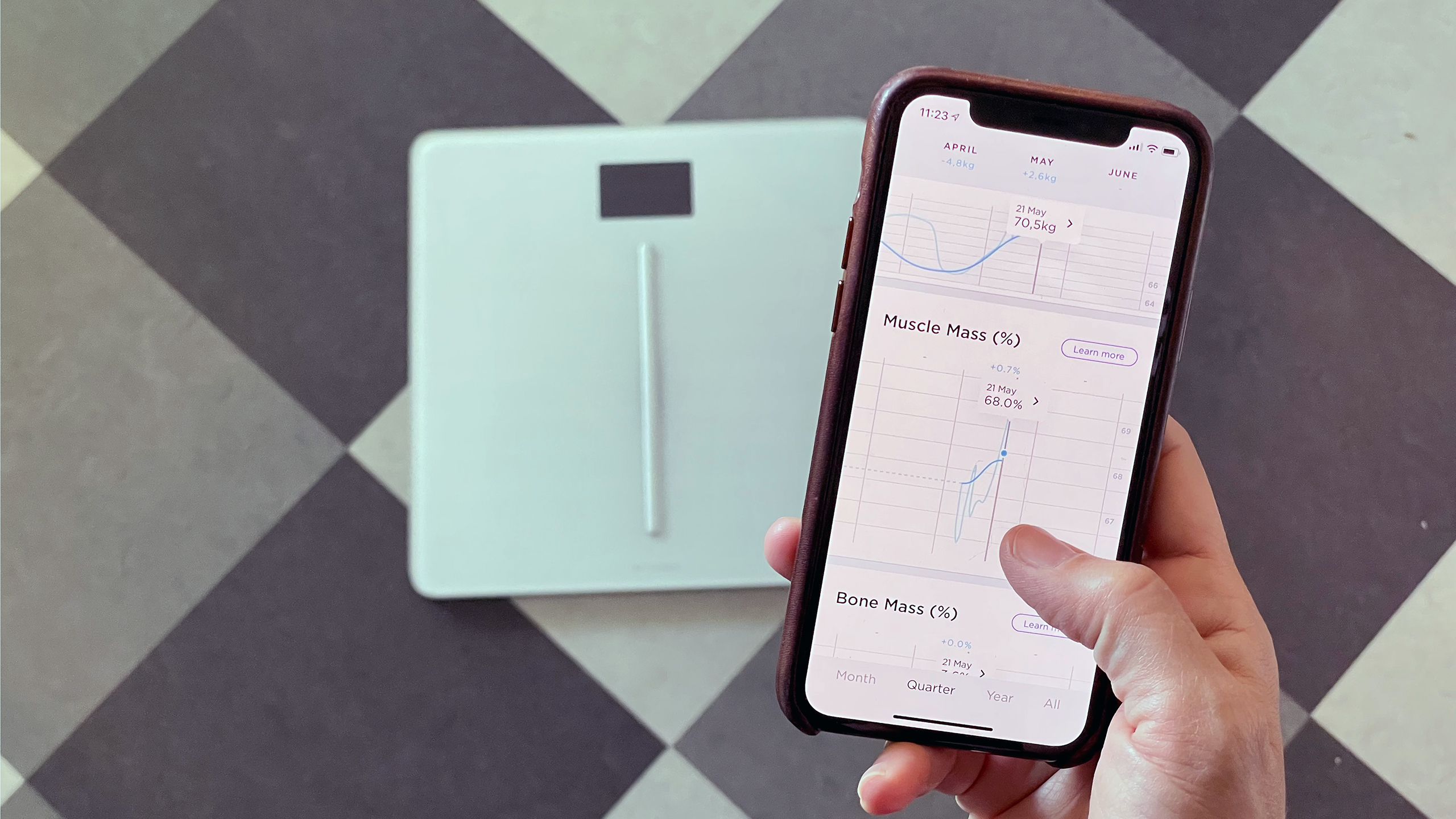
Specifications
Reasons to buy
Reasons to avoid
A gadget for runners who want to improve their body composition, and keep tabs on their cardiovascular health. Like most smart scales, the Withings Body Cardio measures not just your weight, but also fat, muscle, and bone using a technique called bioelectric impedence. These tissues all have different electrical resistance, so by passing a very mild current through your body, the scale is able to calculate the approximate mass of each one. This data is imported to the Withings app, where you can track changes over time.
The Withings Body Cardio has a couple of extra tricks up its sleeve, too: the scale is also able to calculate your standing heart rate and pulse wave velocity. This is a measure of arterial stiffness; the stiffer your arteries, the less they're able to stretch with each pulse of blood. This results in higher blood pressure, which can lead to heart disease and strokes.
The Body Cardio scale isn't a medical device, but it can tell you whether your pulse wave velocity is in the normal range for your age and gender, or whether it would be wise to seek medical advice.
Read our full Withings Body Cardio review
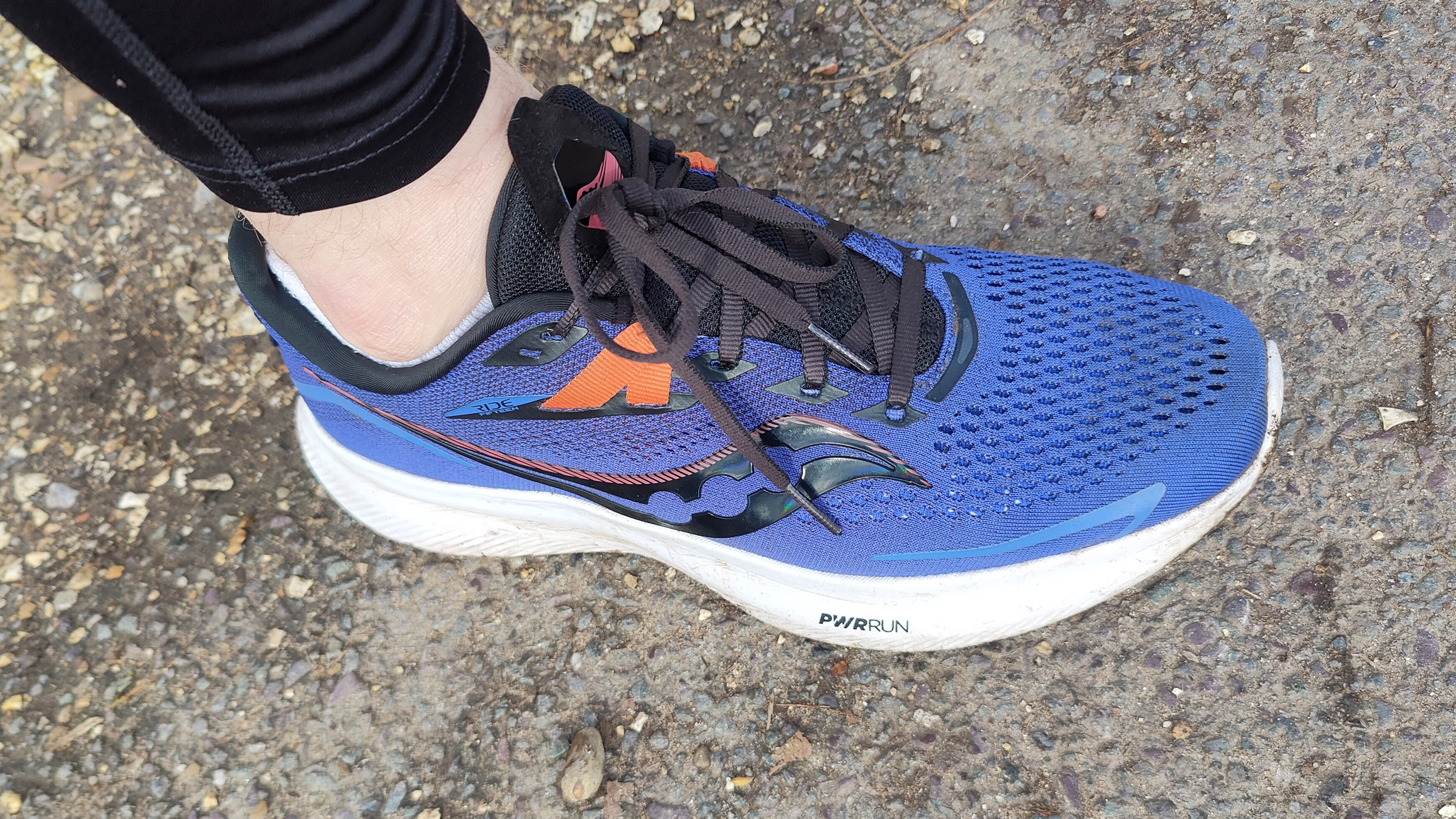
Specifications
Reasons to buy
Reasons to avoid
If you're looking for the best running shoes, we highly recommend you visit a local specialist to get your feet sized up and test your running style. But if you know what kind you need or you'd like to risk it and buy yourself, then the Saucony Ride 15 are an excellent pair of running shoes that are inexpensive, reliable and will suit most people.
They're such a phenomenal everyday shoe for runners because they don't over- or under-pronate. Sure they may not be as snappy or fast as some super-expensive race-day shoes, but as a solid workhorse for regular training, they're excellent, even though the Ride 16 is now available.
Read our full Saucony Ride 15 review
Sign up for breaking news, reviews, opinion, top tech deals, and more.

Cat is TechRadar's Homes Editor specializing in kitchen appliances and smart home technology. She's been a tech journalist for 15 years, having worked on print magazines including PC Plus and PC Format, and is a Speciality Coffee Association (SCA) certified barista. Whether you want to invest in some smart lights or pick up a new espresso machine, she's the right person to help.